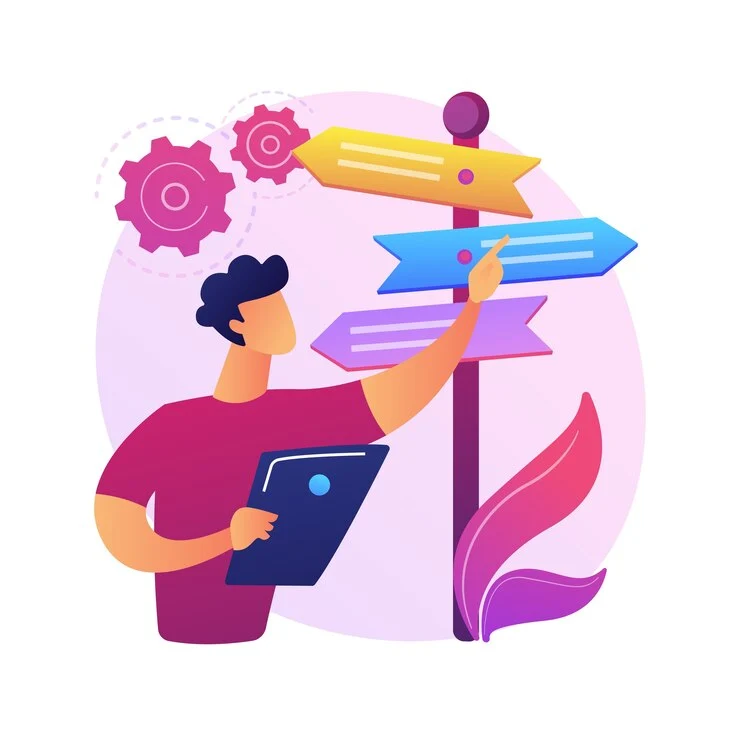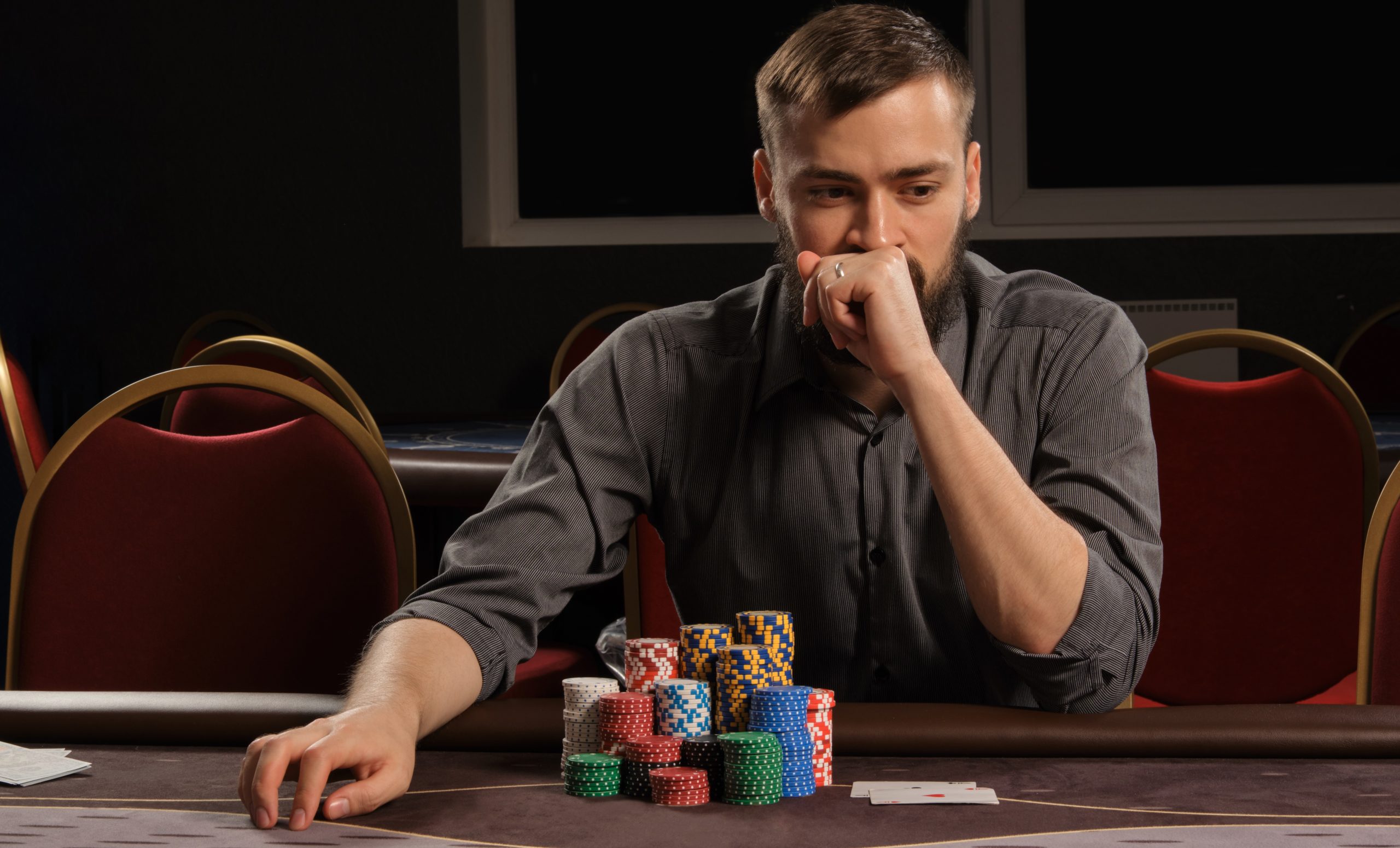Decision-Making
How to keep making the best choices in any situation
December 2023 | Cognition & Behavior | By John Signer
In this first part, we’ll go step by step through the characteristics of decision-making under uncertainty. We’ll examine the parameters involved in decision- making and their importance. We’ll look at the functional aspect of the neurobiological systems used.
On the basis of these theoretical foundations, in a second article, I’ll look at how we can properly manage our decision-making to avoid making stupid decisions while taking them faster
Decision-Making
How to keep making the best choices in any situation
In this first part, I’ll go step by step through the characteristics of decision-making under uncertainty. We’ll examine the parameters involved in decision- making and their importance. We’ll look at the functional aspect of the neurobiological systems used.
On the basis of these theoretical foundations, in a second article, I’ll look at how we can properly manage our decision-making to avoid making stupid decisions while taking them faster
Decision-Making
How to keep making the best choices in any situation
In this first part, I’ll go step by step through the characteristics of decision-making under uncertainty. We’ll examine the parameters involved in decision- making and their importance. We’ll look at the functional aspect of the neurobiological systems used.
On the basis of these theoretical foundations, in a second article, I’ll look at how we can properly manage our decision-making to avoid making stupid decisions while taking them faster
The Texas Hold’em poker game is in full swing. Leaning back in your chair, you discreetly glance at your hand. A mismatched jack and queen.
The flop (the first three cards) is shown. 9 of diamonds, 10 of clubs, 4 of clubs. You’ve almost got a straight, the situation is in your favor. You bet a fair amount, and most of the players fold.
One of them, however, decides to call the bet. A young man with graying hair is staring at you with his piercing blue eyes. He appears to have exceptional self-confidence.
The fourth card is revealed. It’s a queen that couldn’t have come at a better time and enhances your game even further. This time, you decide to increase your bet slightly from the previous round, without raising it too much, in an effort to lure your opponent into matching your bet. He thinks for a few seconds, then goes all in.
You’re shocked. Your stomach churns, and the pressure intensifies.
Choosing among the options
Let’s examine some of them. I sincerely believe that they will lead you to make the right choice against this poker player.
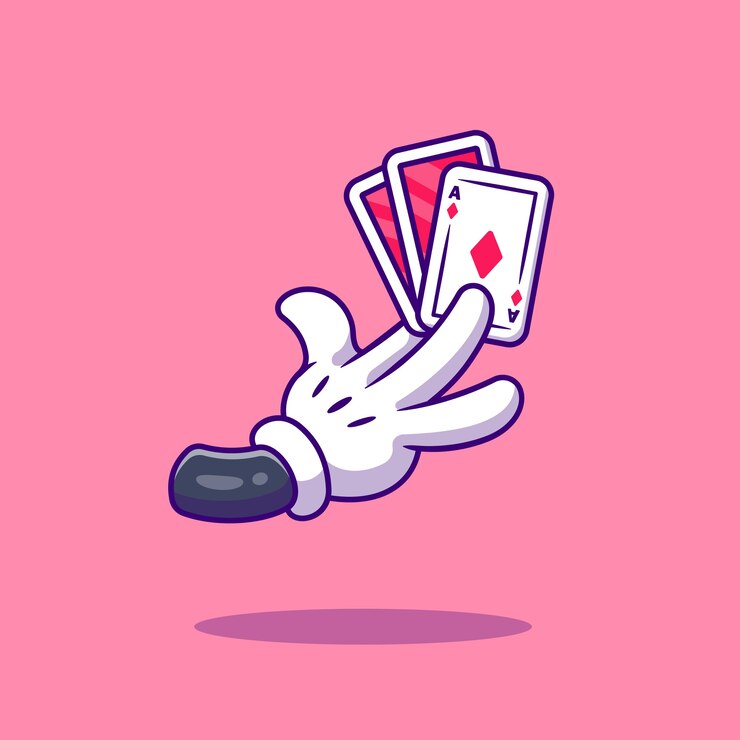
You can evaluate the likelihood of an option being the best. This assessment is often not even conscious but in practice, you can easily analyze a decision-making situation using a concrete mathematical approach. Especially in poker, where it is even easier to calculate the probabilities due to the rational and clear nature of the game’s rules.
By making a rough estimate of the number of unknown cards that could lead to a win or a loss, and then dividing by the total number of unknown cards (in this case, forty-seven), you can calculate a probability estimate to help evaluate your two options: to call or to fold.
Well, that’s a good start to making a decision, but the neurons improvising themselves as statisticians and mathematicians in your brain aren’t debating alone which decision is best. Let’s meet the second actor.
– Emotions. Throughout your life, you have managed numerous situations that have become linked to specific emotional states in your memory. These associations play a crucial role in shaping your choices.
Most emotional mechanisms are implicit but somehow still drive your decision towards a certain preference, without you being particularly aware of it. You can therefore deduce that it is far from easy to become conscious of our emotions while evaluating options. But still, this is something that can be trained.
For the moment, here’s what you need to remember: This emotional memory helps us make the right decisions based on past experiences. At least most of the time.
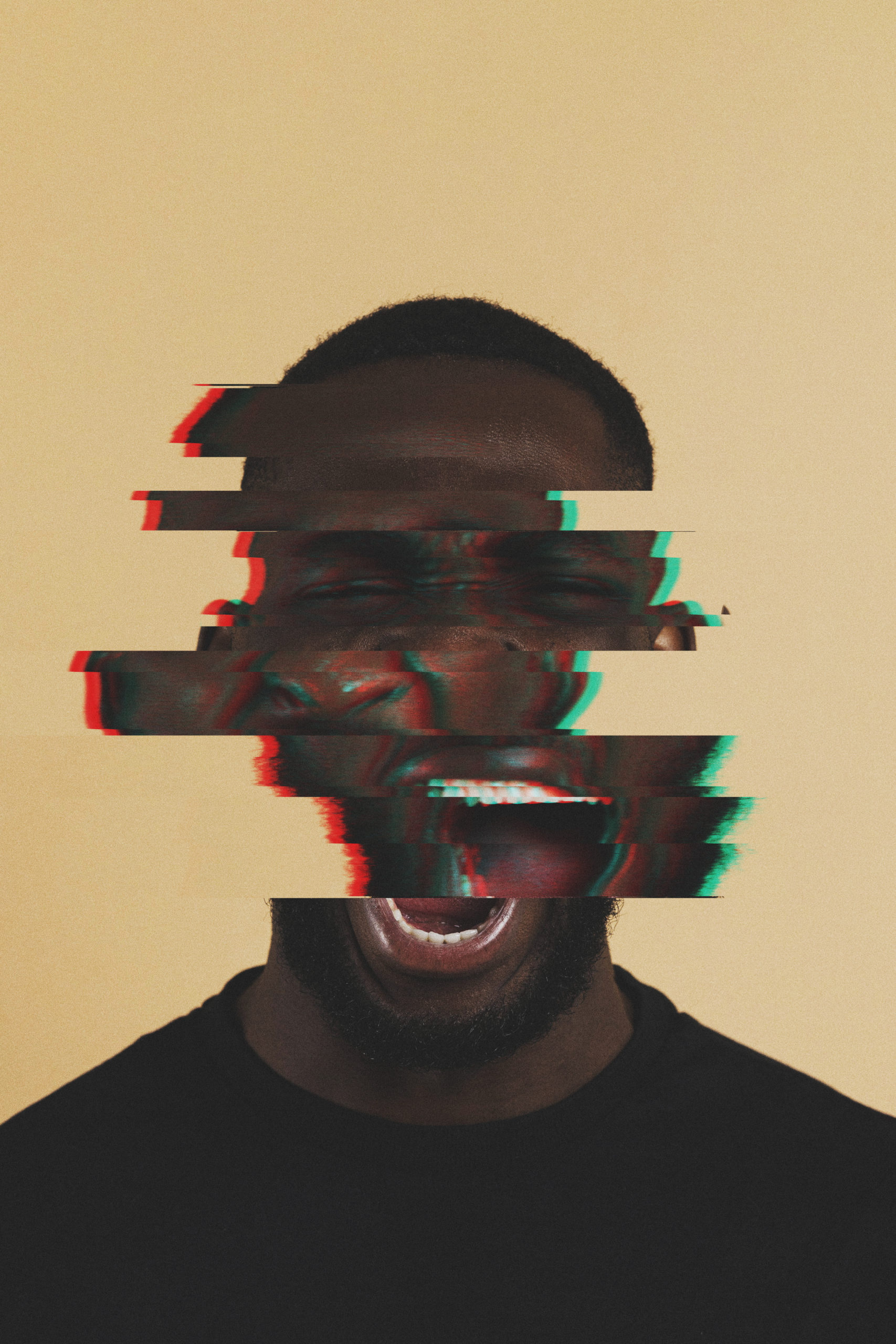
Most of the time, because you can also encounter cognitive biases. To put it simply, this concept is a shortcut managed by the brain. A distortion of reality during cognitive processing that allows us to fulfill our immediate needs rapidly (such as coping with stress, work overload, or fatigue).
The rational and logical basis of your decisions no longer aligns with reality, which can lead to errors in judgment, reasoning, and interpretation. And it is unconscious. Here are some examples:
1/ The significance of a negative event appears to be greater than that of a positive or neutral event.
2/ Believing that we are responsible for our successes, but not for our mistakes.
3/ Selecting facts or events that confirm our existing beliefs and values.

The third factor is your perspective on the situation. The exact same situation can be interpreted in different ways, depending on one’s life experiences. All the values that shape your identity influence your decision-making. This causes you to evaluate the intensity of an event in a unique manner; perceive different issues and solutions. You experience this situation within your own unique social and emotional context.
A few examples:
– Your openness can enable you to have a different perspective and consider new possibilities.
– The value of your personal wealth and the significance you attach to it can influence the emotional aspect of your decision-making in this poker game.
– Your practical knowledge can expand or restrict the range of options you have the ability to consider, as well as influence the quality of your decision-making analysis.
Likelihood

Emotions

Perspective

As a result, our representation of the world is only partial. However, we eventually acquire the essential knowledge to still make rational choices and be competent in our decision-making.
Neurobiology of decision-making
Let’s begin by summarizing both systems in a few key words.

Overview of the Two Systems – Created on Canva.com – By John Signer
The first allows us to make the majority of our decisions in a way that is often mechanical and automatic, such as brushing our teeth, closing the door at home, and determining when to attack or block while fighting.
Our unconscious mind saves us a lot of energy during the day, but it can also lead to problems when we make choices based on emotions or biases without realizing it.
And because it’s automatic, we often struggle to realize that it may not be the best choice. However, it is also this system that enables people to become proficient in a specific field, as it is the one we use when we are being trained to handle a particular situation.
Its use is attributed to numerous brain regions, which I won’t describe here. However, when we consider its spontaneity of use, we can cite two regions crucial to its function: the basal ganglia. They are involved in the smooth programming and execution of automated tasks. The sensory cortex sets up firing patterns when frequently exposed to a decision-making situation, inducing the efficiency and automation specific to System One.
The second allows us to make more complex decisions that require conscious reasoning and eventual steps and rules. In your poker game, for example, the features of this system will come in handy. Understanding the rules, codes, and mathematics of the game will be especially beneficial.
Of course, this requires extra effort, but the time and energy invested are not in vain. This ability reduces cognitive bias, emotional influence from fear and stress, and, above all, it is a learning process. By facing new situations, we make decisions that we will keep in memory. As we learn, we become more competent in making effective decisions in future similar situations. This process will be automated and will primarily utilize the features of system one.
Its use is made possible by the communication of numerous brain regions, but once again, two of them are particularly useful for its function. The hippocampus plays a crucial role in memory, learning, and processing data, ultimately leading to its storage. The prefrontal cortex plays a crucial role in planning and reasoning, enabling us to solve complex problems.
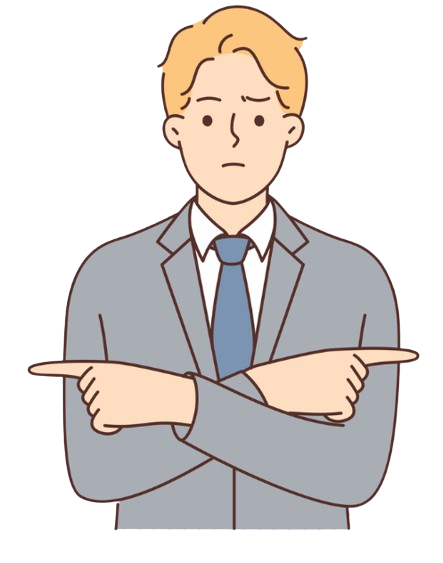
1 / We evaluate the options based on various factors related to our identity. We establish which is the best option.
2/ We select the “best” option and implement the resulting action.
3/ We evaluate the action and its consequences and store this information in our memory. This way, we can respond more effectively in the future.
In Conclusion
– Decision-making is based on a handful of very important factors. Some we can control, some we can’t.
– The characteristics of the decision-making systems in our brains enable us to be coherent and rational in more or less any situation.
– Our brain’s plasticity enables us to learn and remember important aspects for future decisions.
To introduce the next chapter, I’d like to say that our brain has an incredible capacity for plasticity. and we can enhance our proficiency in a field by making small improvements and teaching it new things. In the next chapter, you will discover ways to enhance your decision-making skills, implement them effectively, and see how this can swiftly resolve many of life’s challenges in the blink of an eye.
